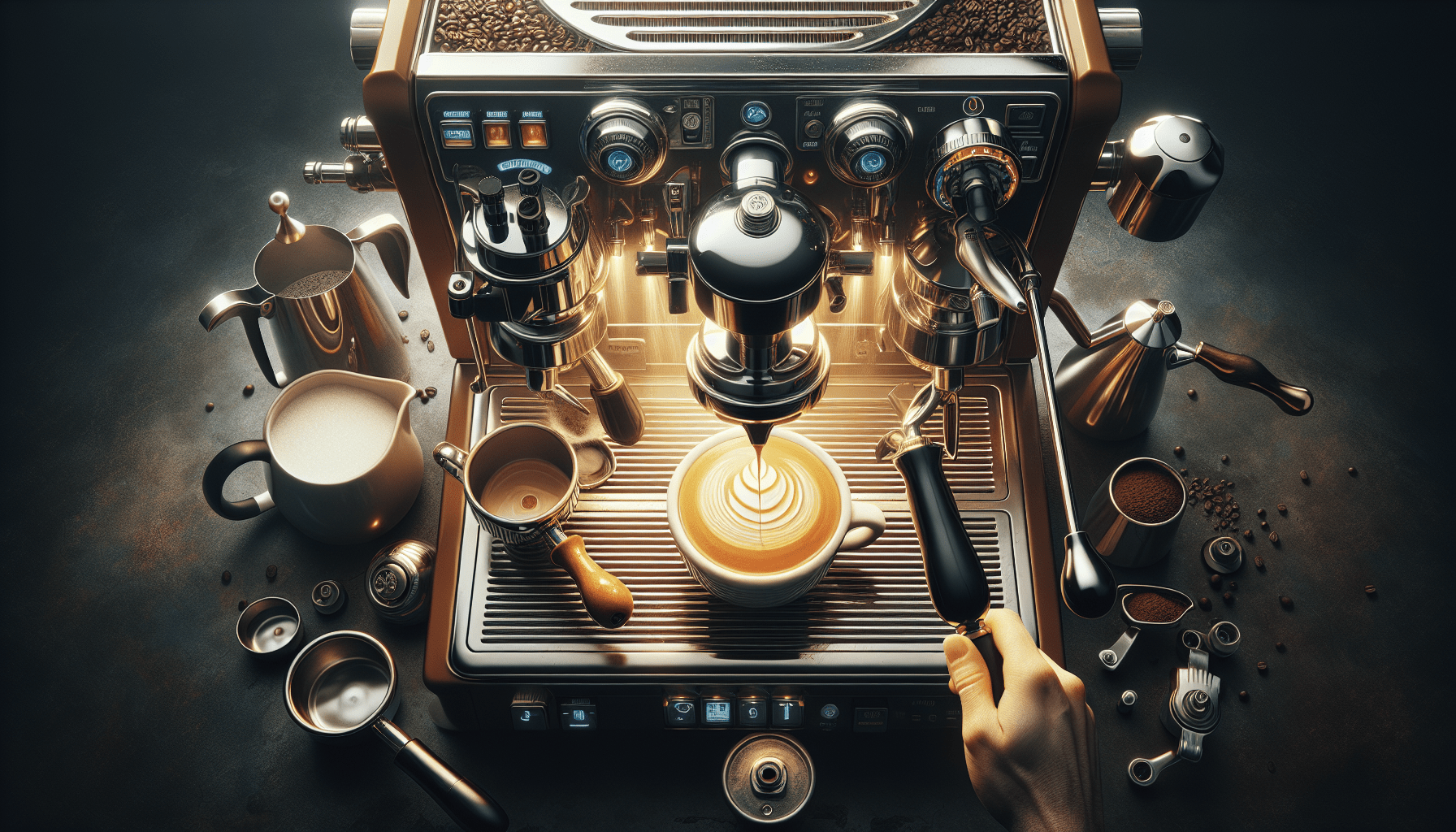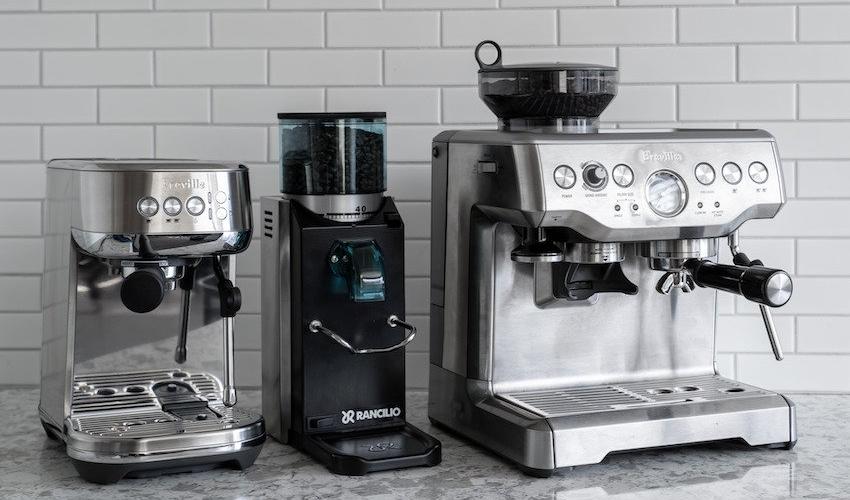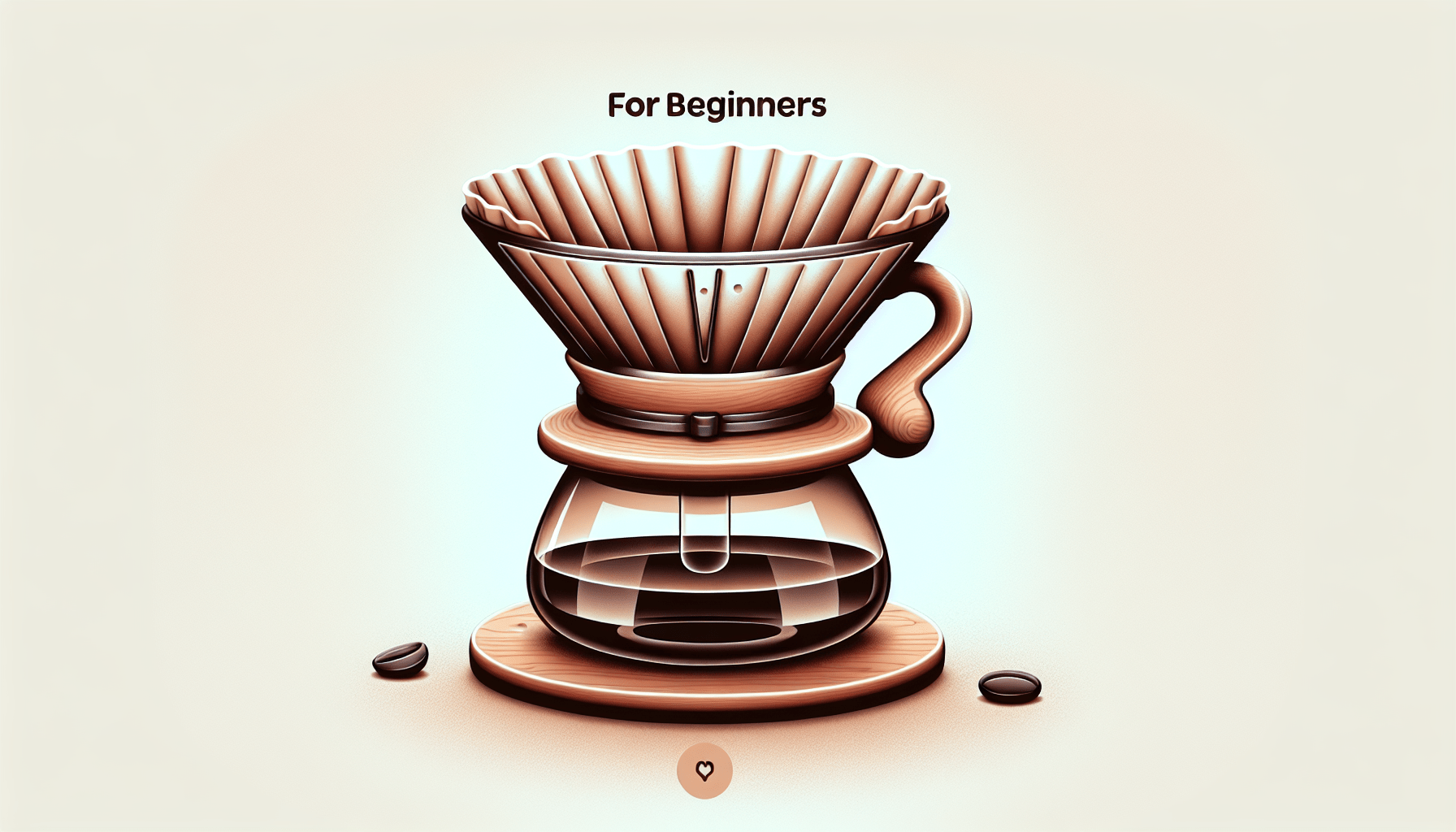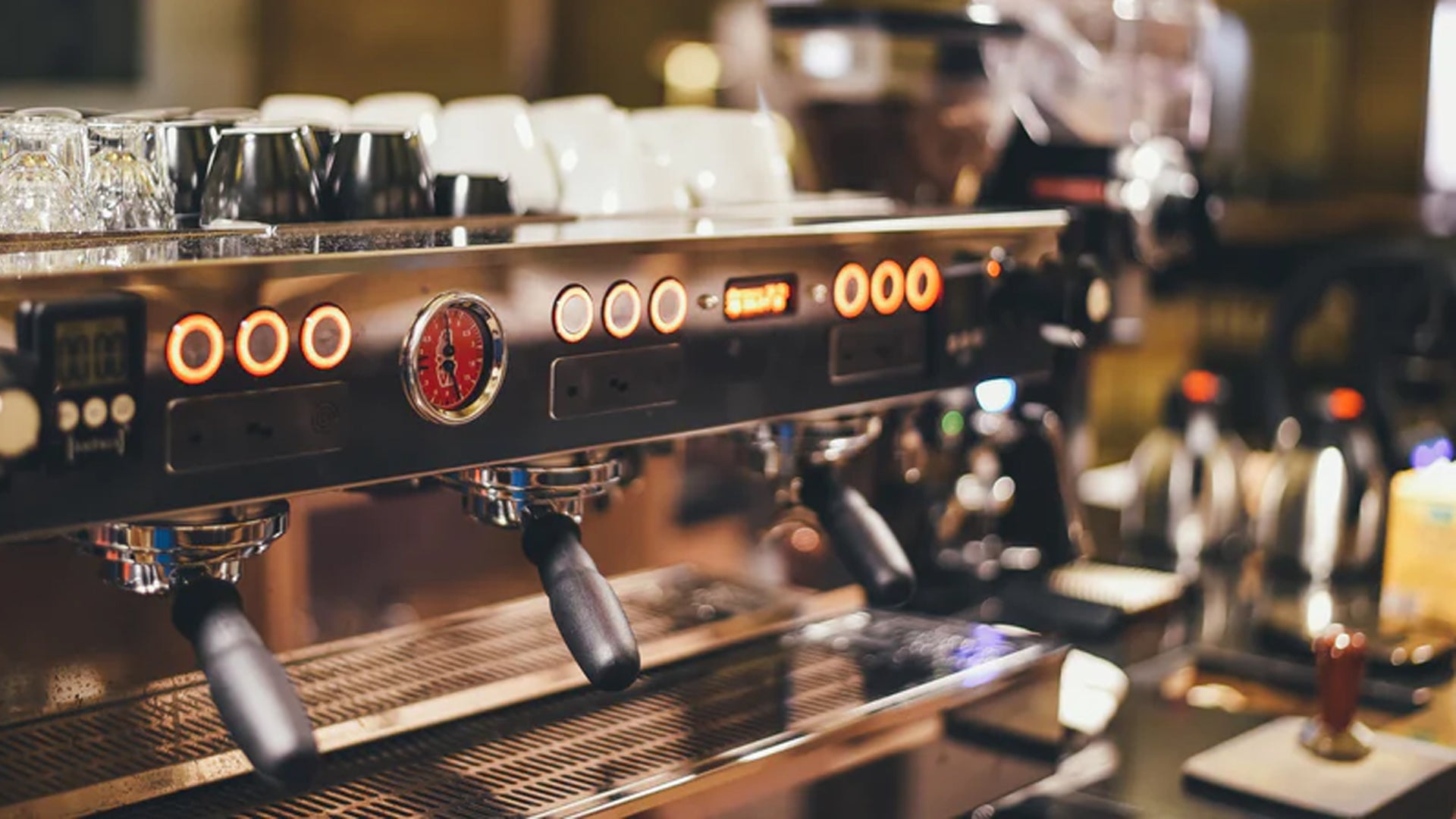Have you ever wondered what it takes to create the perfect cup of espresso with a semi-automatic espresso machine? In this article, we will explore the essential skills needed to master the art of using semi-automatic espresso machines. From dialing in the right grind size to mastering the art of milk frothing, you will discover the secrets behind creating a rich and flavorful cup of espresso right in the comfort of your own home. Get ready to take your coffee game to the next level as we uncover the key techniques that will help you extract the perfect shot every time.
Understanding the Basics of Semi-Automatic Espresso Machines
Semi-automatic espresso machines are a popular choice among coffee enthusiasts who want more control over the brewing process. Unlike automatic machines, which do all the work for you, semi-automatic machines require some level of manual input. Understanding the key differences between automatic and semi-automatic machines is crucial in order to fully grasp how to use a semi-automatic machine effectively.
The Difference between Automatic and Semi-Automatic Machines
Automatic espresso machines are designed to handle the entire brewing process from start to finish. They typically have built-in grinders, automated tamping and dosing mechanisms, and can even froth milk for you. On the other hand, semi-automatic machines provide you with more control and flexibility. They require manual grinding, tamping, and dosing, allowing you to customize each step of the brewing process according to your preferences.
Being familiar with the key components of semi-automatic espresso machines is essential to making an informed choice and choosing the right machine for your needs.
Key Components of Semi-Automatic Espresso Machines
Semi-automatic espresso machines consist of several important components that work together to create a perfect cup of espresso. These components include the boiler, the portafilter, the grouphead, and the steam wand.
The boiler is responsible for heating the water to the optimal temperature for brewing coffee. It is important to choose a machine with a reliable and efficient boiler that can reach the right temperature quickly.
The portafilter is the part where you place the ground coffee and attach it to the machine. It is crucial to have a quality portafilter that fits securely and evenly distributes the water over the coffee grounds.
The grouphead connects the portafilter to the machine and is responsible for directing the water flow through the coffee grounds. It is essential to ensure that the grouphead is clean and well-maintained to prevent any clogs or uneven extraction.
The steam wand is used for frothing and steaming milk. Having a high-quality steam wand that produces consistent steam pressure is important for achieving the perfect texture and temperature of steamed milk for your espresso-based drinks.
Choosing the Right Semi-Automatic Espresso Machine
In order to make the most out of your semi-automatic espresso machine, it is important to choose the right machine that fits your budget and needs.
Consider Your Budget and Needs
Before purchasing a semi-automatic espresso machine, it is essential to determine your budget and what you expect from the machine. Take into account the features you desire, such as a built-in grinder, PID temperature control, or a dual boiler system. Understanding your needs will help you narrow down your options and make a more informed decision.
Research Different Brands and Models
With so many brands and models available on the market, it can be overwhelming to choose the right semi-automatic espresso machine. Take the time to research different brands and models, read reviews, and compare features. Look for reputable brands known for their quality and durability.
Check for Features and Specifications
When comparing different models, pay close attention to the features and specifications of each machine. Look for features such as programmable shot timers, PID temperature control, adjustable brew pressure, and the capacity of the water tank. Consider which features are most important to you and choose a machine that meets your specific requirements.
Preparation and Set-Up
Once you have chosen your semi-automatic espresso machine, it is important to properly set it up and prepare it for use.
Read the Instruction Manual
Before using your new machine, take the time to read the instruction manual thoroughly. Each machine may have specific instructions and guidelines for set-up and use. Familiarize yourself with the different parts of the machine and any special procedures recommended by the manufacturer.
Gather the Necessary Tools and Ingredients
To prepare your machine for use, gather all the necessary tools and ingredients. These may include a coffee grinder, fresh coffee beans, a tamper, a scale, a milk pitcher, and a thermometer. Having everything you need readily available will make the brewing process more efficient and enjoyable.
Prepare the Machine for Use
Before brewing your first espresso shot, it is important to properly preheat the machine to ensure consistent and optimal brewing temperatures. Run water through the grouphead and the steam wand to flush out any residual substances or impurities. This will help ensure a clean and flavorful cup of espresso.
Grinding and Weighing
Grinding and weighing your coffee are two critical steps in achieving a delicious and balanced espresso shot.
Selecting the Right Coffee Beans
To brew the perfect espresso shot, it is crucial to start with high-quality, freshly roasted coffee beans. Experiment with different types of beans to find the flavor profile that suits your taste preferences.
Understanding the Importance of Grind Size
The grind size of your coffee beans is crucial in determining the extraction time and flavor of your espresso shot. Different brewing methods require different grind sizes. For a semi-automatic espresso machine, a fine grind is usually recommended to ensure proper extraction.
Using a Reliable Coffee Grinder
Investing in a reliable coffee grinder is essential for achieving consistent grind size. Burr grinders are generally preferred over blade grinders as they provide a more uniform grind. Make sure to adjust the grind size based on the coffee variety and desired flavor.
Weighing Coffee for Consistency
Measuring the amount of coffee you use for each shot is important for consistency. Use a scale to weigh the coffee grounds to ensure you are using the correct coffee-to-water ratio. This will help you achieve consistent results and fully control the flavor and strength of your espresso.
Tamping and Dosing
Tamping and dosing are two crucial steps in preparing your coffee grounds for extraction.
Understanding the Purpose of Tamping
Tamping is the process of compressing the coffee grounds evenly and firmly into the portafilter. It helps create a solid puck of coffee that allows for even water distribution and optimal extraction. Tamping too lightly or unevenly can result in channeling and under-extraction.
Using the Correct Technique for Tamping
To achieve a consistent tamp, start by distributing the coffee grounds evenly in the portafilter. Place the tamper flat on top of the grounds and apply downward pressure, using your wrist to create a slight twist at the end. The goal is to achieve a level and evenly compressed coffee puck.
Determining the Ideal Coffee Dose
The ideal coffee dose, or the amount of coffee used per shot, can vary depending on personal preference and the specific machine you are using. Start with a recommended dose and adjust accordingly based on taste. It is important to keep notes on the dose used and any adjustments made to achieve the desired flavor.
Mastering the Brew Ratio and Extraction
Understanding the concept of brew ratio and extraction is crucial for consistently brewing great espresso.
Understanding Brew Ratio and Extraction
Brew ratio refers to the ratio of coffee to water used in brewing espresso. It is typically expressed as a ratio, such as 1:2, which means using 1 part coffee and 2 parts water. Extraction refers to the process of dissolving and extracting flavors from the coffee grounds using water. The goal is to achieve a balanced extraction that highlights the coffee’s flavors without any unwanted bitterness.
Experimenting with Different Ratios
Every coffee variety and roast level requires different brew ratios to bring out the best flavors. Start with a common ratio, such as 1:2, and then experiment by adjusting the dosage, grind size, and extraction time to achieve the desired flavor profile. Keep in mind that small changes in the brew ratio can have a significant impact on the taste of the espresso shot.
Adjusting Variables for Optimal Extraction
When brewing with a semi-automatic espresso machine, you have the flexibility to adjust various variables to achieve optimal extraction. These variables include grind size, dosage, extraction time, and temperature. Keep experimenting and making adjustments until you find the perfect balance that suits your taste preferences.
Controlling the Shot Time and Volume
Monitoring shot time and managing shot volume are important aspects of brewing espresso.
Monitoring Shot Time
Shot time refers to the time it takes for the espresso shot to be extracted. The shot time can vary depending on factors such as grind size, dosage, and water temperature. It is important to monitor the shot time to ensure proper extraction. Aim for a total shot time of around 25-30 seconds for a balanced and flavorful espresso shot.
Managing Shot Volume
Shot volume refers to the amount of espresso extracted. This can vary depending on the size of your portafilter and the desired strength of your espresso shot. Adjusting shot volume can help achieve the desired flavor intensity. Remember that shot volume should be consistent to ensure a balanced flavor profile.
Milk Steaming and Latte Art
If you enjoy milk-based espresso drinks such as lattes and cappuccinos, mastering the art of steaming milk is crucial.
Mastering the Art of Steaming Milk
Steaming milk involves creating the perfect balance of heat and air to achieve a silky and foamy texture. Start by using cold milk and submerge the steam wand just below the surface. Slowly introduce air and gradually lower the pitcher as the milk expands and creates a nice microfoam texture.
Achieving Silky and Foamy Milk Texture
To achieve the desired texture, aim for microfoam rather than large bubbles. Microfoam has a velvety texture and creates the perfect canvas for latte art. With practice, you will be able to achieve a consistent and desired milk texture that complements your espresso shots.
Creating Latte Art
Once you have mastered the art of steaming milk, you can explore the world of latte art. Using a steady hand and specially designed latte art tools, you can create beautiful designs on the surface of your latte. From simple hearts and tulips to intricate rosettas and swans, the possibilities are endless. Remember, practice makes perfect when it comes to latte art.
Cleaning and Maintenance
Proper cleaning and maintenance are vital to ensure the longevity and performance of your semi-automatic espresso machine.
Regular Cleaning of Portafilter, Shower Screen, and Grouphead
After each use, it is important to clean the portafilter, shower screen, and grouphead to remove any residual coffee grounds and oils. Use a brush to scrub the portafilter and the shower screen, and wipe the grouphead with a damp cloth. Regular cleaning will prevent clogs and ensure consistent performance.
Backflushing the Machine
Backflushing refers to the process of cleaning the internal components of the espresso machine. It helps remove any built-up coffee oils and debris that may affect the taste and performance of your espresso. Follow the manufacturer’s guidelines on how to properly backflush your specific machine.
Descaling and Decalcifying
Over time, minerals can build up inside the espresso machine, affecting its performance and taste. Descaling and decalcifying are necessary to remove these mineral deposits. Use a descaling solution recommended by the manufacturer and follow the instructions carefully. Regular descaling will help maintain the quality and functionality of your machine.
Ensuring Longevity with Proper Maintenance
In addition to regular cleaning, it is important to perform routine maintenance tasks to ensure the longevity of your semi-automatic espresso machine. This may include lubricating moving parts, replacing worn-out gaskets, and periodically checking for any signs of wear or damage. Following the manufacturer’s maintenance guidelines will help prolong the lifespan of your machine.
Practicing and Refining Your Skills
Using a semi-automatic espresso machine effectively requires practice and continuous improvement.
Dedicating Time for Regular Practice
To become proficient at using a semi-automatic espresso machine, dedicate time for regular practice. Experiment with different beans, ratios, and techniques. Take note of your results and adjust accordingly. With consistent practice, you will develop a better understanding of your machine and be able to consistently brew delicious espresso shots.
Seeking Feedback and Guidance
Feedback from others can greatly help in refining your skills. Share your espresso shots with friends and family, and ask for their opinions and feedback. Join online communities and forums dedicated to espresso enthusiasts, and learn from the experiences and insights of others. Seeking guidance from more experienced baristas can also provide valuable tips and tricks.
Continuously Learning and Improving
The world of espresso is vast and ever-evolving. Keep up with the latest trends and techniques by reading books, watching tutorials, and attending workshops or classes. The more you learn, the more you can refine your skills and elevate your espresso brewing to new heights.
Using a semi-automatic espresso machine effectively requires a combination of knowledge, technique, and practice. By understanding the basics, choosing the right machine, and honing your skills, you can become a master at brewing exquisite espresso shots in the comfort of your own home. So, grab your favorite coffee beans, fire up your semi-automatic espresso machine, and embark on a journey of flavor and craftsmanship.




